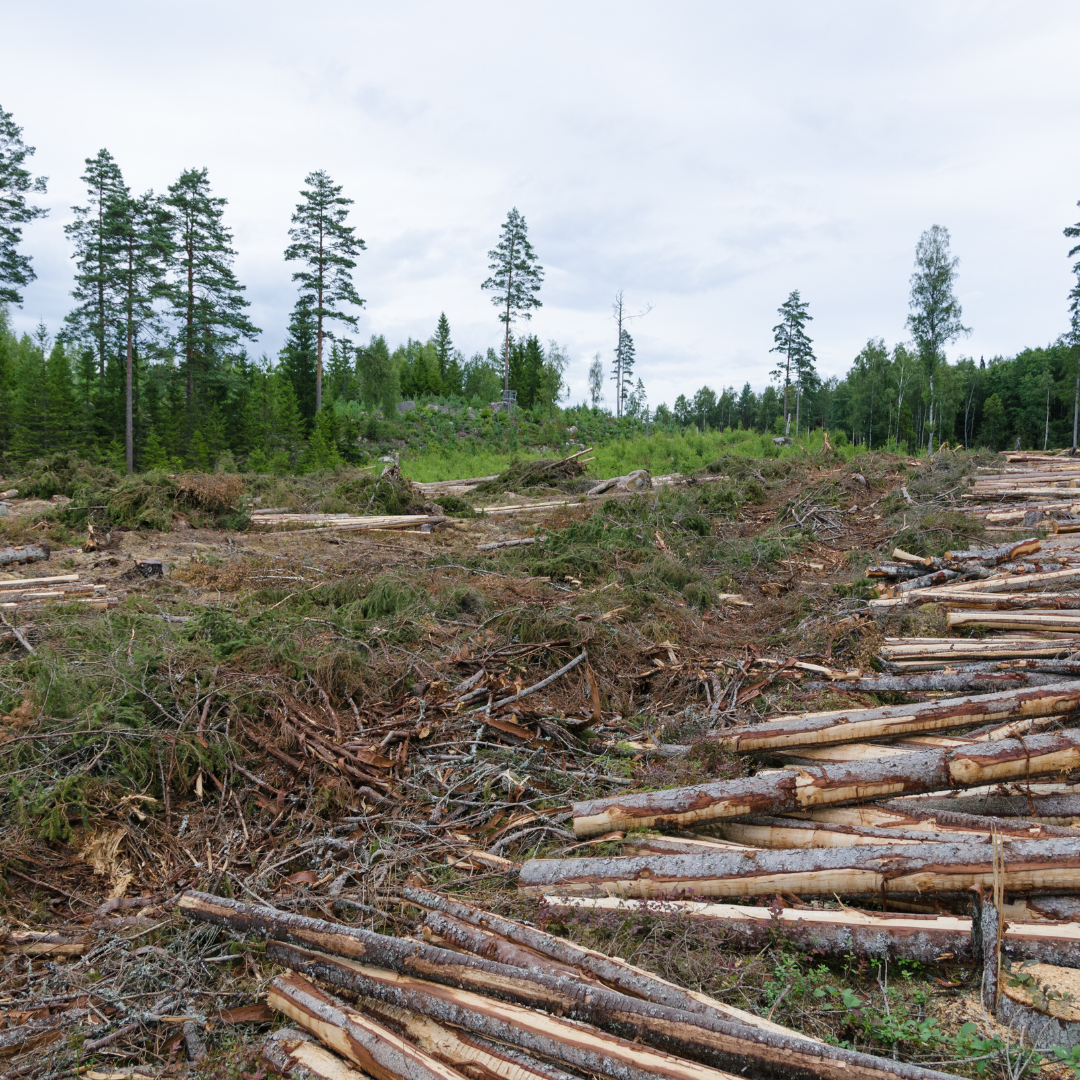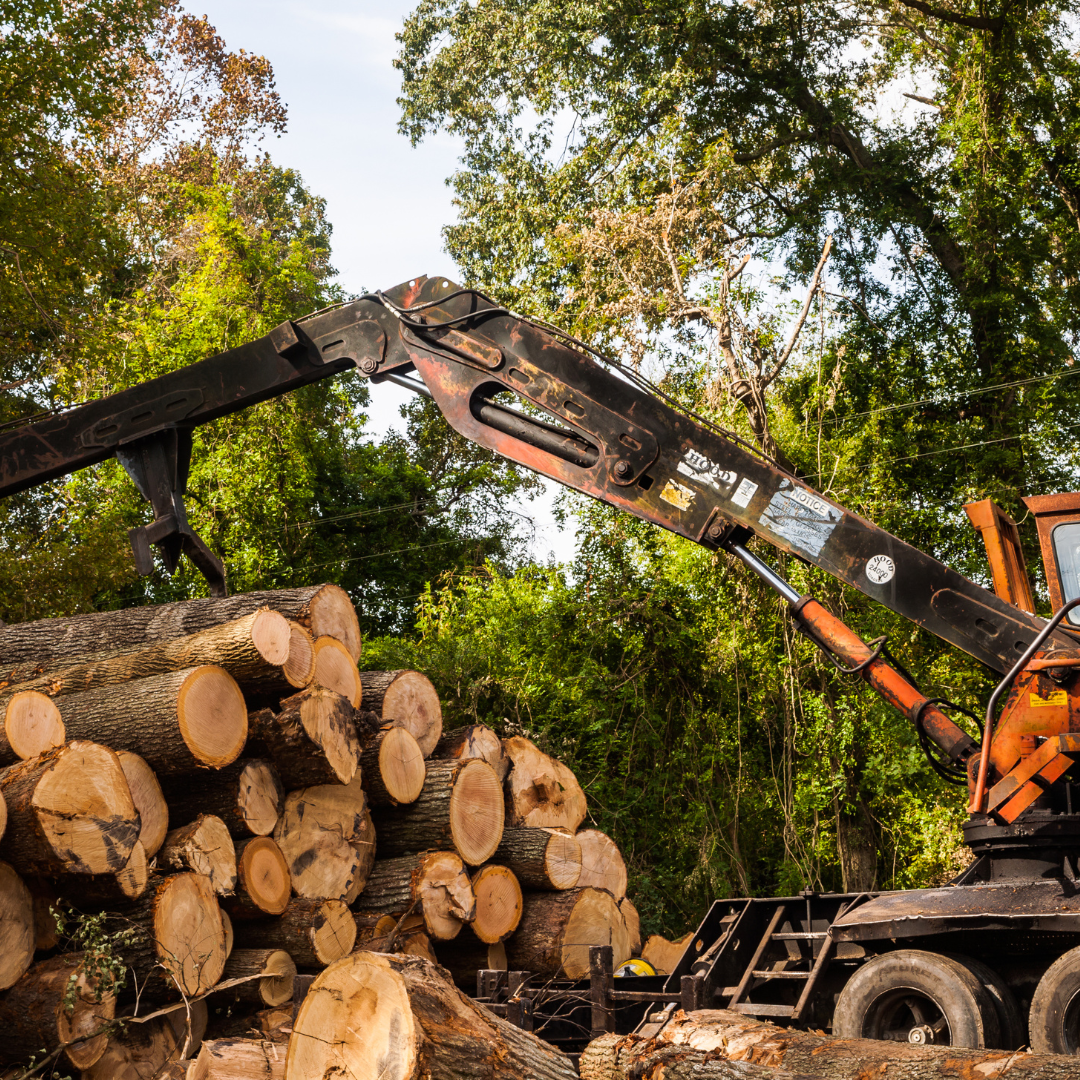Managing a forest is no small task. It requires a comprehensive understanding of ecological systems, timber markets, and long-term planning strategies. As a landowner in Maine, gaining insight into forest management strategies is key to ensure the sustainable and profitable use of your land. At Tall Pines Forest Management, we specialize in various methods that optimize both the economic and ecological value of your property.
Maine forest management focuses on three primary areas: timber assessments, forest management plans, and the implementation of various silvicultural techniques.
Timber Assessments
A timber assessment is the first critical step in forest management. This involves conducting an in-depth inventory of the timber present on your land, evaluating species composition, tree quality, and volume. In Maine, popular timber species include red oak, white pine, and hemlock, each with unique characteristics affecting their value in different markets.
It’s essential to note that timber assessments aren’t merely a counting exercise; they provide valuable insights into the ecological health of your forest and the potential economic returns from timber harvesting. An accurate and detailed timber assessment allows you to make informed decisions about the management of your forestland.
Forest Management Plans
Based on the findings of the timber assessment, a Forest Management Plan is developed. This document acts as a blueprint for the sustainable and profitable management of your forest. It includes a range of elements, including the objectives of the landowner, a detailed inventory of the forest resources, proposed silvicultural activities, and a timeline for their implementation.
At Tall Pines Forest Management, we emphasize the importance of personalized Forest Management Plans that reflect the unique characteristics of each woodland and the goals of the landowner. This could range from maximizing timber production, wildlife habitat enhancement, maintaining biodiversity, or a combination of these and other objectives.
Silvicultural Techniques
Silviculture is the practice of managing the establishment, growth, composition, and quality of forest vegetation with the aim of meeting diverse needs and values. In Maine, several silvicultural techniques are employed depending on the goals of the landowner and the specific conditions of the forest. Maine foresters use many silvicultural techniques including the following.
Clearcutting
Clearcutting is a silvicultural method where all the trees in a specific area, typically a stand, are harvested at once. Despite initial appearances, this method is not as destructive as it might seem. The key is to understand the life cycle of the forest and the needs of specific tree species.

Clearcutting mimics natural disturbances, like wildfire or severe storm damage, that create openings in the forest canopy, allowing full sunlight to reach the forest floor. This is beneficial for certain tree species that require a lot of sunlight to regenerate and thrive, such as aspen and jackpine. After clearcutting, these sun-loving species can quickly populate the area and create a new, young forest.
In addition, clearcutting is also a suitable technique when the existing stand is unhealthy, over-mature, or of low commercial value. It provides an opportunity to start afresh, creating conditions for the establishment of a new, vigorous stand.
Selective Cutting
Selective cutting, or selective logging, is a silvicultural method where only certain trees are removed based on their age, health, species, or location. The aim here is to promote the growth of remaining trees and encourage the regeneration of desirable species.
Selective cutting is often employed in uneven-aged forest management, where the objective is to maintain a mix of tree ages in the forest. This practice not only ensures a continuous supply of timber as trees of different ages reach maturity at different times but also helps to preserve the aesthetic and ecological value of the forest.
The trees to be cut are selected carefully, considering their health, quality, species, and impact on the overall forest structure. In essence, selective cutting encourages a healthier and more diverse forest by promoting the most beneficial trees.
Shelterwood Cutting
Shelterwood cutting is a method designed to encourage the natural regeneration of the forest. It is executed in several stages, typically over a period of years, and involves the gradual removal of trees to allow more light to reach the forest floor while still providing protection to the young seedlings.

Initially, a preparatory cut removes the less desirable trees, allowing the best trees to grow and produce a healthy supply of seeds. After a few years, a seed cut is made, leaving only a shelter of mature trees that provide moderate shade while the seeds germinate and young trees become established. Finally, the remaining shelter trees are harvested in a removal cut, once the new generation of trees has sufficiently grown to withstand exposure to full sunlight.
Thinning
Thinning is a forest management technique that removes less desirable or weaker trees to reduce competition among the remaining trees. The process of thinning helps improve the overall growth rate and health of the forest by reducing the density of the trees, which can often lead to competition for sunlight, water, and nutrients.
Trees targeted in thinning practices are usually those with poor form, suppressed growth, or those of less desirable species. By removing these trees, foresters can focus the forest’s resources on the most valuable trees, improving their growth and the overall productivity of the forest. Thinning also enhances the forest’s resilience to pests, diseases, and extreme weather events by promoting a healthier and more diverse forest.
At Tall Pines Forest Management, we use these techniques and more to ensure that your forest is managed sustainably and profitably.
In Conclusion
Forest management in Maine involves a complex interplay of biological, economic, and human factors. From conducting detailed timber assessments to developing comprehensive forest management plans, and implementing a variety of silvicultural techniques, every stage is crucial.
As experts in [Maine forest management](Link to About Us Page), we at Tall Pines Forest Management strive to ensure your forest not only contributes to Maine’s rich ecological heritage but also becomes a profitable investment. To learn more about how we can assist you, please feel free to reach out.


0 Comments